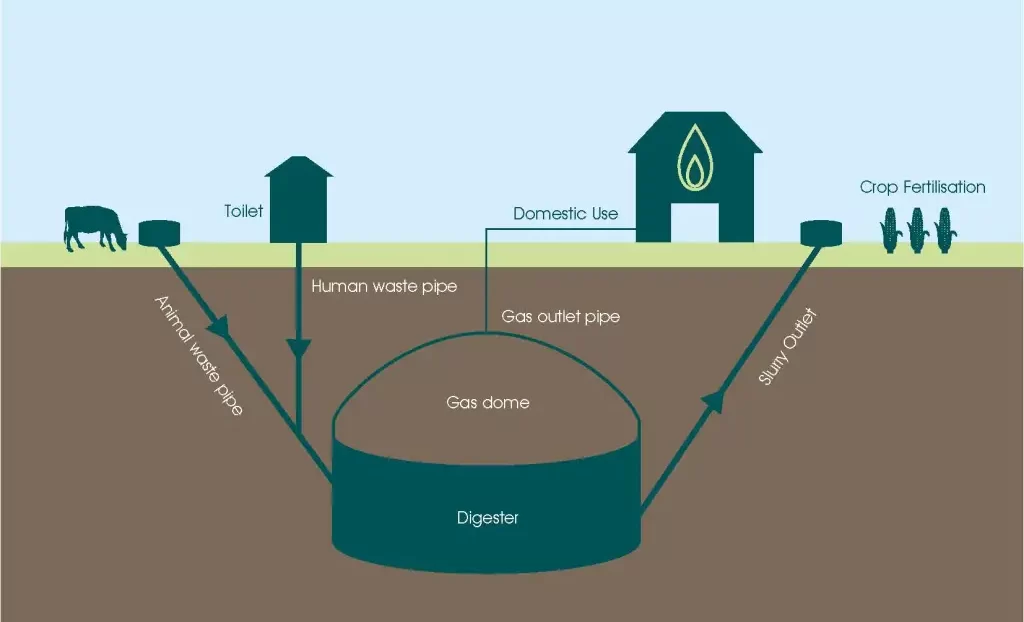BIOGAS TECHNOLOGIES

- A biogas system comes in many shapes and sizes; however, it always relies on the same basic principle: harnessing the power of microorganisms through a natural process called anaerobic digestion.
- Organic materials are collected from a system of inlet pipes and are then sent to the digester, where it is collected and left for microorganisms to feed on.
- The central element of any biogas system is the digester. This digester is where the breakdown of organic waste is done by microorganisms. It is also where the biogas is produced and stored. The digester is constructed so that oxygen is absent, which allows for anaerobic digestion to take place.
- Over time, the organic waste is broken down in the digester by the microorganisms. This breakdown process involves the microorganisms emitting methane gas and carbon dioxide.
- The methane gas and carbon dioxide are stored in the concrete gas dome. The resulting mix of gases can then be collected and burned as fuel – i.e. biogas.
- The biogas is distributed to homes via gas outlet pipes originating from the gas dome. Inside homes, families have a gas line with a knob to turn the gas on and off on demand.
- Lastly, after the organic waste has been broken down by the microorganisms, the by-product is pushed out through a different outlet pipe as a rich and productive fertiliser. This fertiliser is stored and can be used by families for agriculture as they need it.
Nepal Biogas Promotion Association (NBPA)
Central Office Kathmandu
Santinagar, Gyankunja Marga Ward No:31 Home No. 131/23 Near to Tinkune Pool.
P.O. Box No: 10074
Kathmandu, Nepal
Tel. +977 (01)-4622113 or M: 9851321496
Email: nepalbiogas@gmail.com
©2023 Nepal Biogas Promotion Association. All rights reserved. Developed by Clock b Business Technology.

